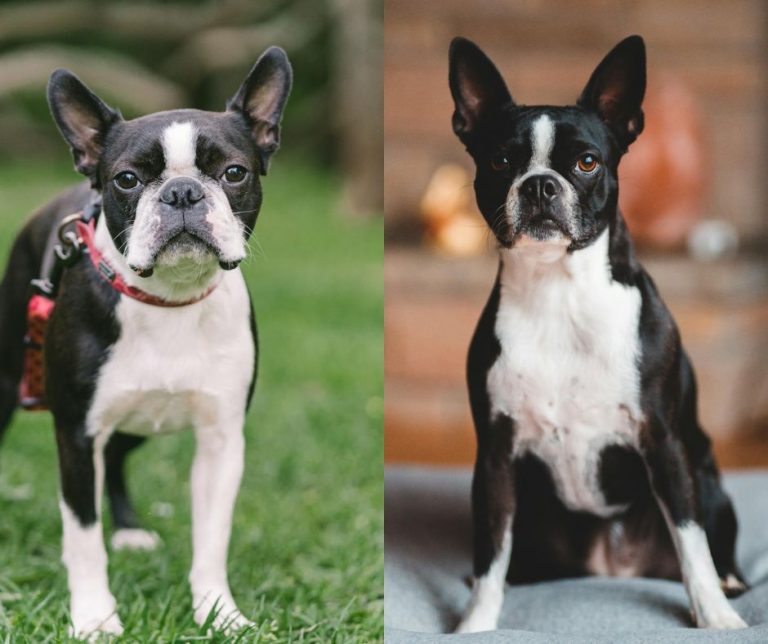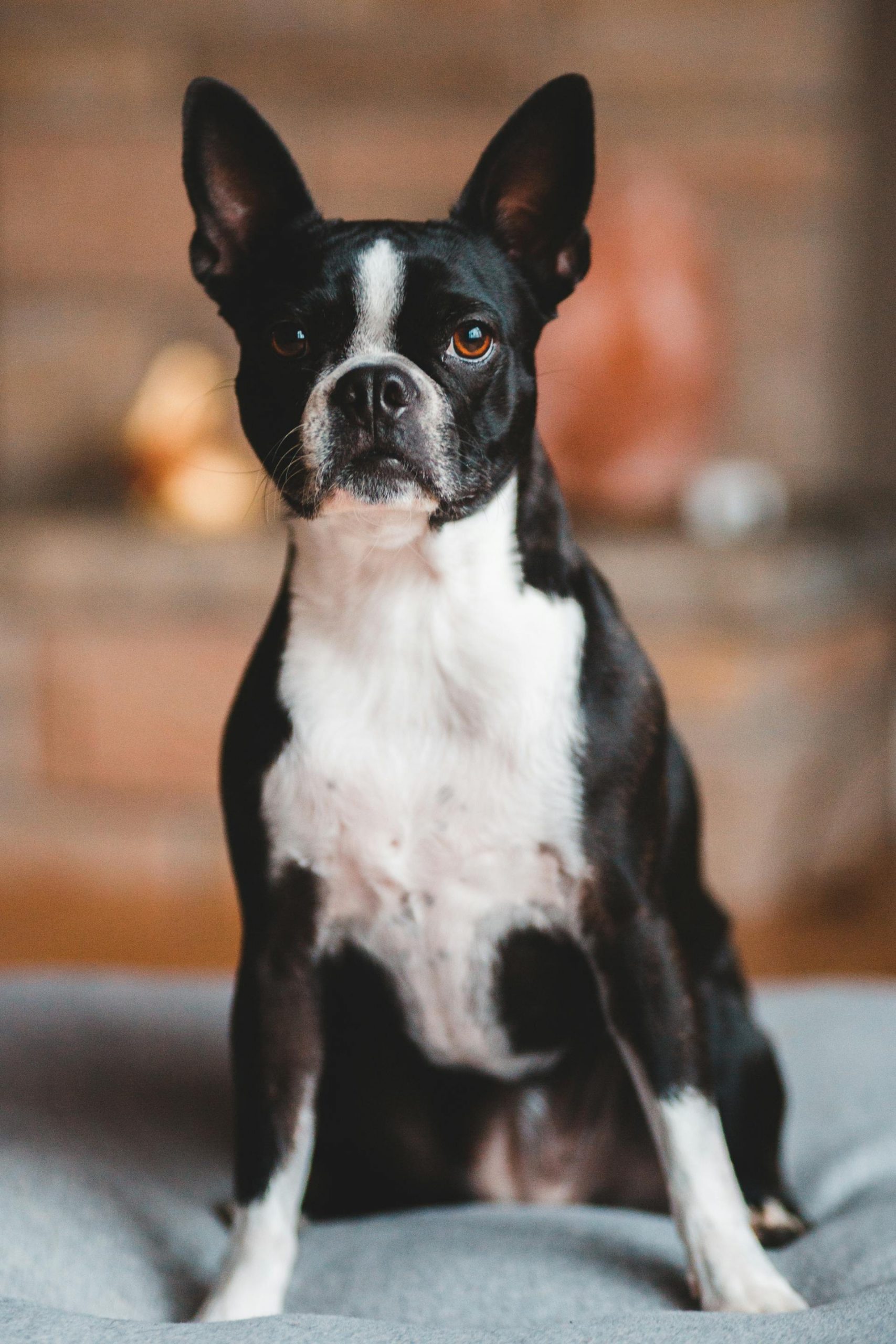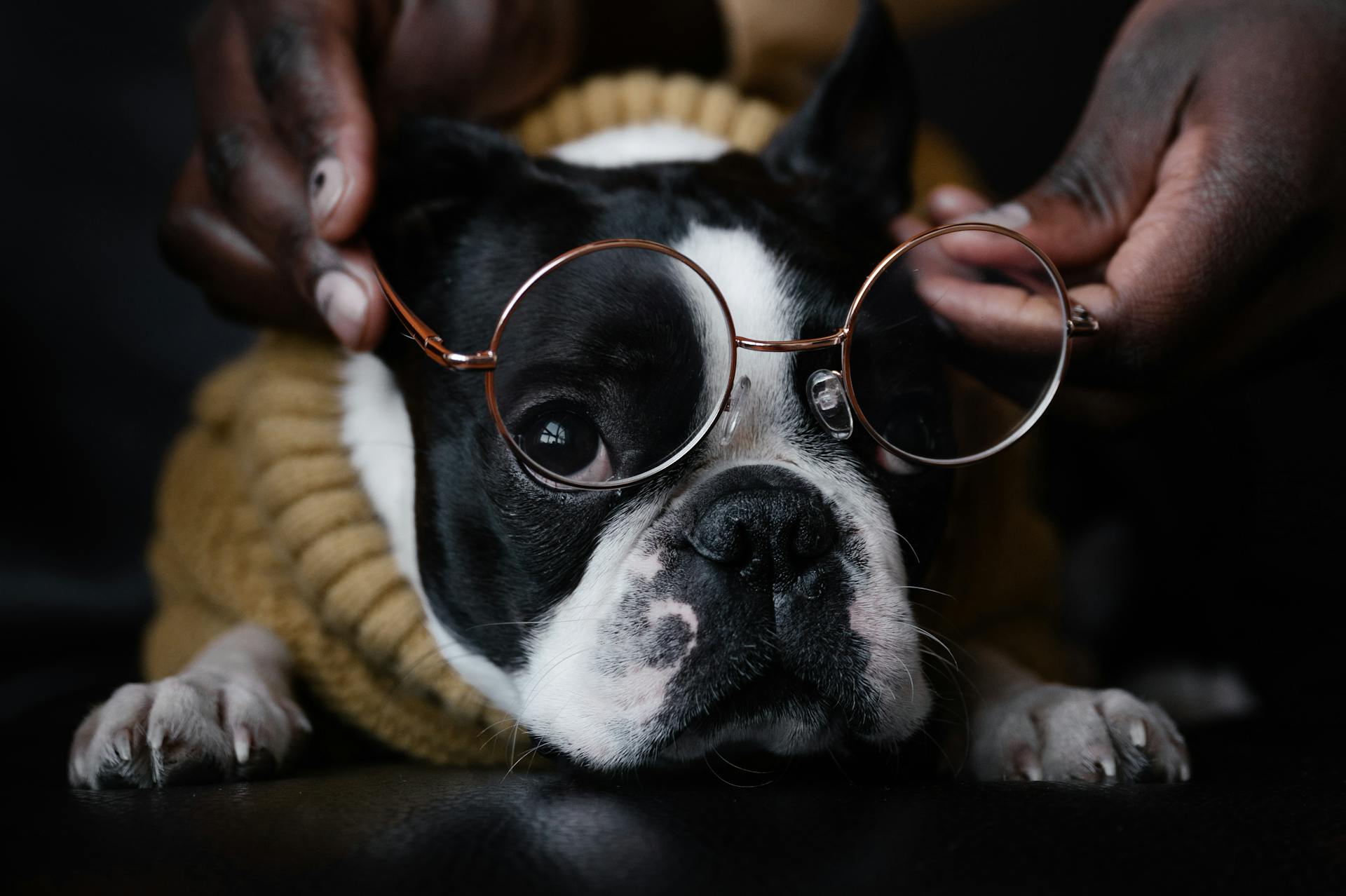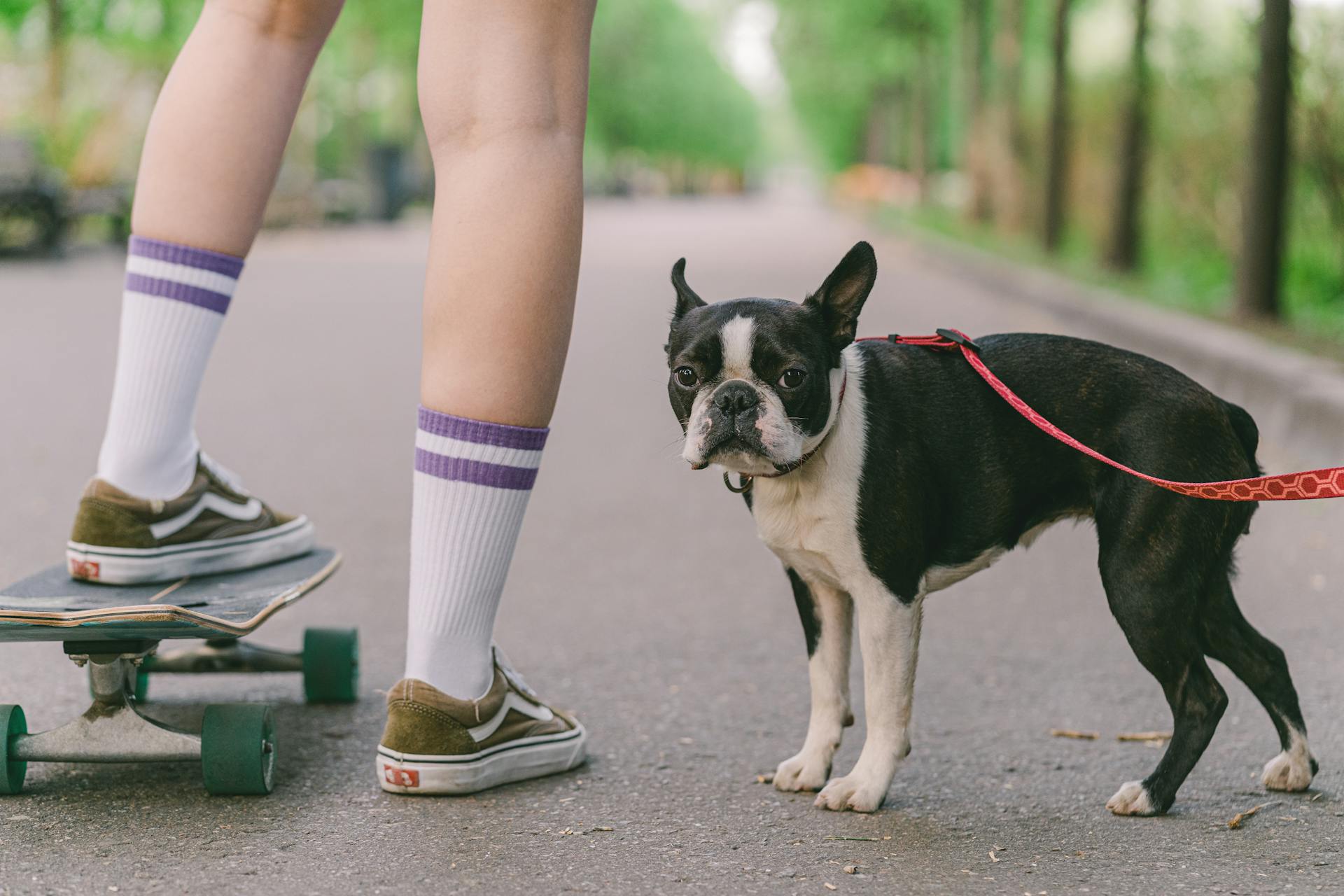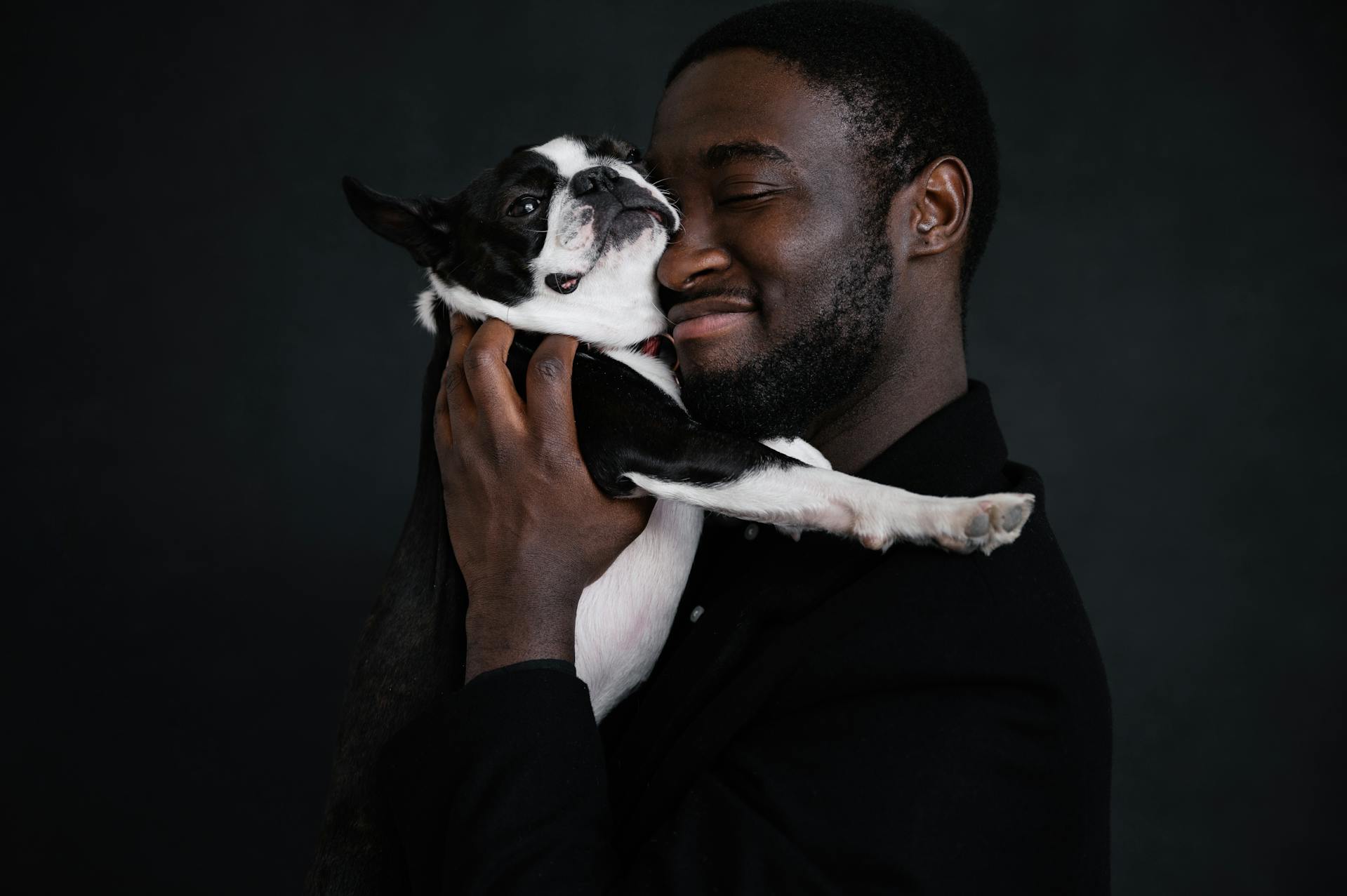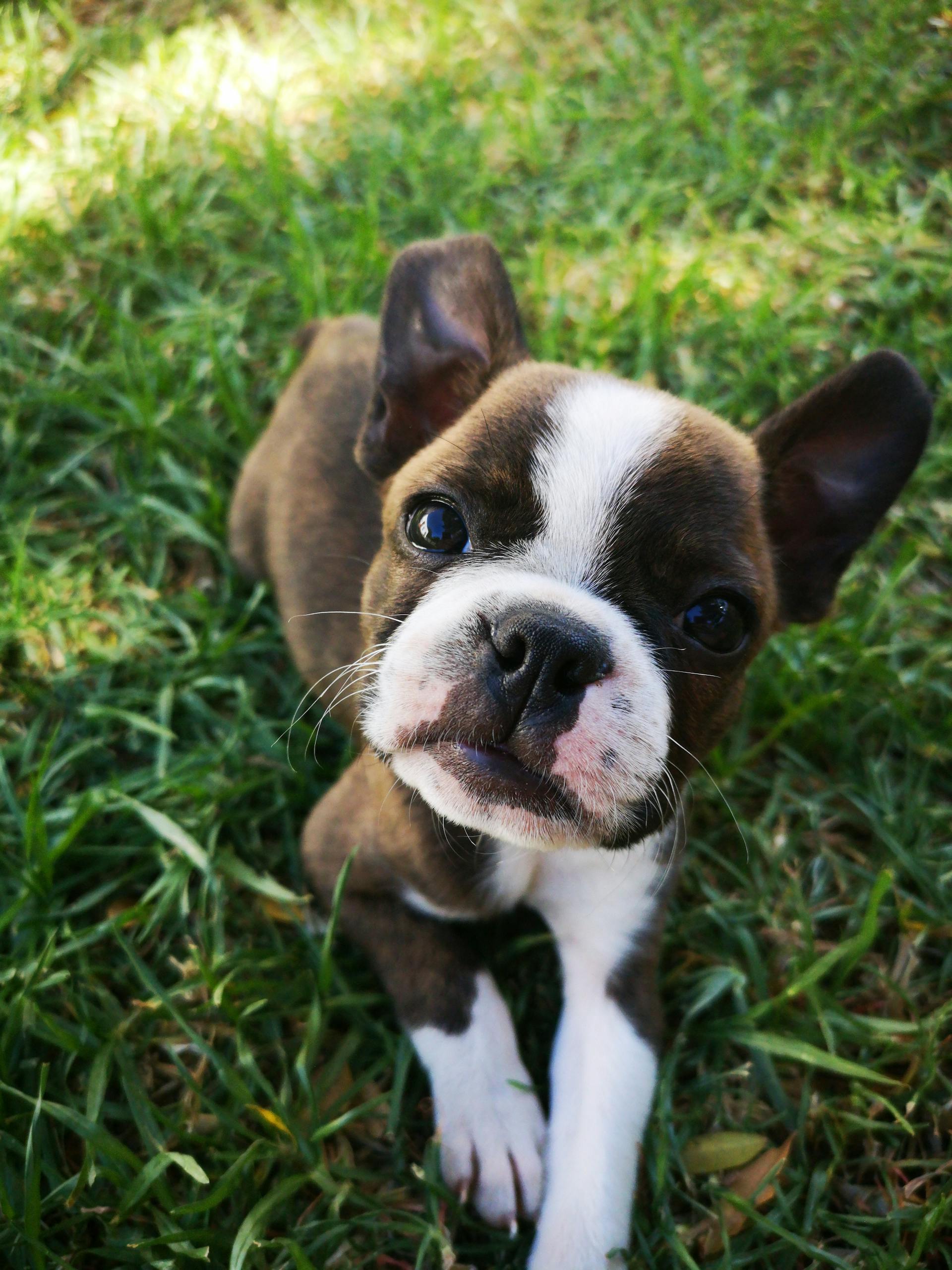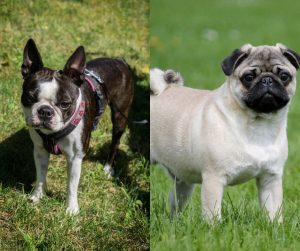When considering adding a Boston Terrier to your family, understanding the differences between male and female dogs of this breed can aid in making an informed choice.
Boston Terriers, known for their distinctive tuxedo-like markings and friendly demeanor, differ in more than just their physical appearance based on gender.
Male Boston Terriers typically exhibit a more prominent and muscular build. They grow to stand around 17 inches tall and weigh between 10 and 25 pounds. In contrast, female Boston Terriers are often smaller and lighter. An adult female Boston Terrier rarely exceeds 15 inches in stature and has a weight range falling between 9 and 20 pounds.
Behavioral traits vary between the sexes as well. Male Boston Terriers are known for their vivacious and playful nature. They sometimes display a slower learning curve during training due to their energetic and distractible tendencies.
Meanwhile, females tend to be more focused during training sessions and may adhere to commands with greater ease. However, it’s important to note that each dog is an individual, and these tendencies can vary widely within the breed. So, let’s take a look at the Boston Terrier male vs female dog comparison.
Key Takeaways
- Male and female Boston Terriers show notable differences in size and musculature
- Behaviorally, males may be more playful and distractible, while females often train more easily
- Health and care requirements, along with personalized training, impact each Boston Terrier’s individual temperament
Physical Characteristics
When exploring the physical differences between male and female Boston Terriers, it’s fascinating to note how their size, build, and grooming needs vary. These athletic dogs carry distinct traits based on their gender, which can be important for prospective pet owners to understand. According to the American Kennel Club, the Boston Terrier is among the sportiest dog breeds.
One of the signature traits of the American Gentleman are the erect ears. That is how you can distinguish the Boston Terrier breed, from the French Bulldog, for example. It is a mistake a lot of people make.
Size and Build
Male Boston Terriers are typically larger and more muscular than their female counterparts. They usually stand 15 to 17 inches tall and their weight hovers around 15 to 25 pounds. The males carry a sturdy, robust build with a broad chest, giving them a solid appearance.
On the other hand, female Boston Terriers tend to have a lighter frame, often standing 9 to 15 inches in height and weighing 10 to 20 pounds. They possess a more slender build with less pronounced muscle mass, making them appear leaner next to the males.
Coat and Grooming
Boston Terriers, regardless of gender, sport a smooth, short coat that sheds minimally. Their dominant coat colors include black, brindle, or seal with white markings. Grooming for both males and females is relatively similar and manageable due to their short coat.
However, it’s the small subtleties that set them apart. Male Boston Terriers may have a coarser texture to their fur, while females tend to have a slightly softer feel.
Regular brushing, say about once a week, should keep their coat shiny and reduce shedding. Bathe them only as needed, but it’s important to keep their distinctive face clean and wipe around their large, expressive eyes to prevent tear stains.
Behavioral Traits
When considering the behavioral traits of male and female Boston Terrier breed, observers frequently note distinct differences in temperament and social interaction. These differences are not just shaped by upbringing and environment but are also innately influenced by their gender.
Temperament
Male Boston Terriers are often described as playful and energetic. Their boundless enthusiasm can make them affectionate companions, yet this same trait might lead to them being less focused during training sessions. Males can sometimes display an independent streak, which requires a patient and consistent training approach.
- Playfulness: High (may impact training focus)
- Affection: Frequently seeks affirmations
- Independence: Notably present, can affect trainability
Female Boston Terriers, on the other hand, tend to be quicker to learn and might be more focused during training due to their less boisterous nature. They can be just as loving and affectionate as their male counterparts but may exhibit a more gentle and reserved temperament.
- Learning Speed: Generally quick
- Attention Span: Better focus than males
- Temperament: More gentle and cautious
Social Interaction
Males might approach social interactions with more assertiveness and curiosity. They often display a high degree of friendliness and are keen to engage with both people and other dogs. However, their high energy levels may sometimes be mistaken for aggression, which is usually just spirited play.
- Interests: Highly social, active engagement
Females may appear more reserved in social settings initially. But once they feel comfortable, they exhibit significant social behaviors. They balance their curiosity with a level of caution that can make them appear more alert to new situations or environments.
- Initial Interaction: Cautious, warming up with time
- Social Behavior: Friendly with a deliberate approach
In social hierarchies, males might try to assert dominance more than females, yet both sexes generally integrate well into multi-pet households, especially with proper introductions and socialization. Whether male or female, each Boston Terrier is unique, and gender tendencies can be just one aspect of their multifaceted personalities.
Health and Lifespan
When considering a Boston Terrier male vs female, it’s important to understand the breed’s health and how long they might be part of the family. Boston Terriers are charming dogs, but they do have some breed-specific health challenges and a lifespan that owners should be mindful of.
Common Health Issues
Boston Terriers, with their distinctive tuxedo-like coat and button eyes, are not only about good looks—they unfortunately come with a set of health issues they are predisposed to. Because they are a brachycephalic breed, they are prone to several health issues. Here’s a quick glance at the health issues they commonly face:
- Respiratory Problems: Their short noses make them prone to breathing difficulties, especially in hot or humid weather
- Hip Dysplasia: This is a genetic condition where the hip joint doesn’t fit perfectly, which can lead to arthritis or discomfort
- Patellar Luxation: Their kneecaps may slip out of place, a condition they’re genetically prone to, which can cause pain or limping
- Herniated Discs: Due to their build, these pups can have back issues, making monitoring their activity levels important
- C-section Deliveries: Female Boston Terriers often require cesarean sections to safely deliver puppies due to their relatively large heads
Owners should ensure regular veterinary check-ups to catch any issues early and keep their Boston Terriers in tiptop shape.
Life Expectancy
Despite these health issues, Boston Terriers typically enjoy a robust life full of affection and play. On average, the lifespan of a Boston Terrier ranges from:
- 11 to 13 Years: This is the expected range, but with optimal care, some Boston Terriers can live even longer, nudging past 15 years
Factors such as diet, exercise, and genetics play a significant role in how long a Boston Terrier lives. Keeping them lean might add extra years to their life, so watching their food intake and ensuring they have a balanced diet is key. Regular exercise and a loving home environment also contribute to their longevity. Regular vet visits are crucial too, as early detection of any health issues can lead to a timely and sometimes life-extending treatment.
Gender Differences
When considering a Boston Terrier dog breed, it’s helpful to understand how males and females may differ not just in size, but also in their behavioral tendencies. These differences can influence the dog’s fit with a prospective owner’s lifestyle and preferences.
Physical Differences
Male Boston Terrier dogs are typically larger in both height and weight compared to their female counterparts. On average, a male could stand about 15-17 inches tall and might weigh between 10-25 pounds. On the other hand, a female dog is generally smaller with heights varying from 9 to 15 inches and a weight range of 9 to 20 pounds.
Behavioral Differences
Males tend to be more spunky and playful, but this can sometimes translate to a slower learning curve during training due to their high enthusiasm and propensity for distraction. They may also demonstrate behaviors such as territorial marking more frequently.
Meanwhile, females are often said to be calmer and might learn quicker than males due to their less boisterous nature. However, females can be bossy and protective, which are traits to consider when thinking about the household dynamic. It’s important to remember that every dog is an individual and while these tendencies can be common, they aren’t guaranteed.
Training and Socialization
When it comes to dog training and socializing a Boston Terrier, patience and a sense of humor will go a long way. They’re smart pups, but their amusing and playful nature could mean they’re sometimes easily distracted. A mix of firm but loving training techniques and plenty of mental stimulation can help them focus on the tasks at hand.
Trainability
Boston Terriers are eager to please and are capable of learning a wide array of commands. The female Boston terrier might show a bit more focus during training sessions and pick up on commands slightly faster than her male counterpart, who sometimes may seem more stubborn due to his high-energy antics. It’s crucial to be patient and consistent with both genders:
- Males: Might need more repetition and engaging training sessions to prevent boredom
- Females: Tend to be a bit more attentive, possibly learning commands at a faster rate
Interacting with Other Dogs
Socialization is vital for a Boston Terrier’s development, ensuring they behave well around other dogs. Males can be more playful and exuberant in their interactions, which can be misconstrued by other dogs if not socialized properly.
Females might be a little less assertive in their play but still require early social interactions to develop good doggy manners:
- Male Boston Terriers:
- More robust and active playstyle
- Can be boisterous, requiring early and frequent socialization
- Female Boston Terriers:
- Tend to be less intense during play
- Socialization helps them develop confidence when meeting new canine pals
Care Requirements
Boston Terriers, whether male or female, require specific care to maintain their health and happiness. They thrive best when their exercise and diet needs sync well with their lifestyle and individual traits.
Exercise Needs
Boston Terriers are lively companions that need regular exercise to keep them mentally and physically fit.
While both males and females enjoy an active lifestyle, males may possess a bit more energy and could benefit from slightly longer exercise sessions.
They typically require at least one good walk per day coupled with some playtime to satisfy their exercise needs.
It’s essential for their physical and mental maturity to have a consistent exercise routine.
- Daily walk: 30 minutes
- Playtime: 20–30 minutes
- Success Tip: Use praise and rewards to encourage good behavior during exercise
Diet and Nutrition
The diet and nutrition of a Boston Terrier should be carefully considered to ensure they remain at a healthy weight and to support their overall well-being.
High-quality, breed-specific dog food that caters to their size, age, and activity level can contribute to their optimal health.
Feeding Schedule:
| Age | Meals Per Day |
|---|---|
| Puppies | 3–4 |
| Adults | 2 |
Adult Weight Range:
| Male | Female |
|---|---|
| 10–25 pounds | Slightly less* |
*Females tend to be smaller and require slightly fewer calories. Adjust food portions based on activity level and physical maturity to avoid obesity.
Nutrition Tips:
- Monitor treats to prevent excess weight gain
- Always provide fresh water to aid digestion
- Gradual dietary changes help maintain calm digestive systems
Choosing the Right Pet
When picking a Boston Terrier puppy, prospective pet owners often weigh the differences between males and females, considering which gender may be more compatible with children and fit better within their family lifestyle.
Boston Terrier Male vs Female
Boston Terriers are known for their friendly and loving nature, but there are subtle differences between the sexes.
Male Boston Terriers are typically more active and playful. They may be larger in size with a tendency to be more exuberant, which could translate to requiring more patience during training sessions.
| Characteristic | Male Boston Terrier | Female Boston Terrier |
|---|---|---|
| Activity Level | High & Playful | Moderately Playful |
| Size | Taller & Heavier | Shorter & Lighter |
| Training | May be easily distracted, needing more time | Often quicker to learn and attentive |
Female Boston Terriers generally present as a bit more reserved and attentive, potentially making them quicker to train.
They’re commonly smaller in size, which might suit those living in smaller spaces. An important aspect to consider for females, especially if they are spayed, is a propensity toward weight gain, which means monitoring their diet is key.
Compatibility with Children
When it comes to children, the inherently loving and empathetic nature of Boston Terriers makes them great companions.
- Males might enjoy an energetic play session and can mirror the lively spirit of kids. Their size and strength mean supervision is important to ensure play remains safe
- Females may be more suitable for families seeking a more gentle companion, as they tend to be less rough and more measured in play
Final Considerations
When deciding between a male or female Boston Terrier puppy, it’s essential to consider individual personalities and how these might mesh with your lifestyle. Both males and females provide different advantages that can be better suited to various homes and owners.
Personal Experiences
People often find male Boston Terrier dogs to exhibit a more lively personality. They can be playful companions, earning them the nickname “American Gentleman.”
Their boundless energy, however, might make them lose focus during training, which can be a challenge for a novice owner. While they are affectionate and loving, males may also show dominant behaviors that require attentive and consistent training.
Female Boston Terrier dogs tend to be more empathetic and attentive to their owners’ emotions.
They can be less dominant and more easy-going, but just as loving and protective as their male counterparts. Females might excel in homes that appreciate a calmer companion, particularly with owners who invest time in responsible training and grooming.
Professional Advice
Professionals in dog training and behavior often advise potential owners to consider their own lifestyles and time commitment.
- In terms of training:
- Males may require more patience and time to overcome their tendency to lose focus
- Females generally respond well to a structured routine. They quickly become reliable and non-aggressive family members
- Regarding companionship:
- Both sexes can be equally loving and protective
- The choice often depends on whether an owner wants a more dominant (often male) or submissive (often female) individual
The most successful Boston Terrier relationships come from loving yet firm guidance. This ensures both the dog and owner are happy and well-groomed in their responsible ownership roles.

